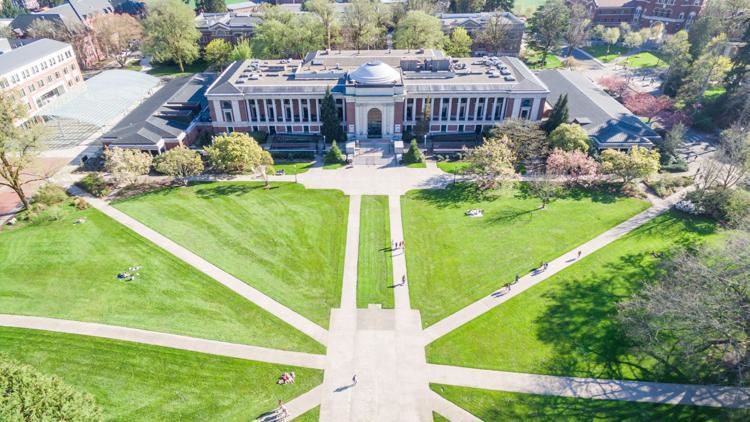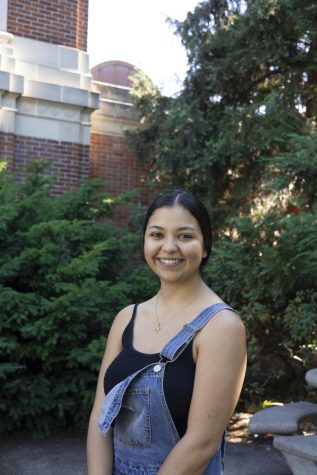OSU creates hybrid reopening plan modeled after other universities
August 6, 2020
As COVID-19 cases continue to spike in states across the nation, universities and colleges are faced with the task of planning safe reopening strategies to minimize the spread of the virus amongst students.
While every university has its own unique plan, three categories have emerged: those who are conducting in-person classes, those proposing hybrid models, and those continuing to stay strictly online.
Oregon State University released an initial statement in May announcing that it will be of the universities proposing hybrid models.
“Our resumption plan calls for flexibility and support for our students, faculty and staff, as well as the application of multiple public health measures, such as requiring the use of face coverings and creating physical distance in space design,” said Dan Larson, vice provost for Student Affairs and head of OSU’s COVID-19 response team, in an email statement.
The resumption plan, as stated in OSU’s official plan released on June 3, the university will conduct classes face-to-face, and as either synchronous or asynchronous online/remote classes.
Larson states that he and the rest of the members of the COVID-19 response team had compared with other land grant institutions, colleges and universities in Oregon, and PAC-12 Conference schools.
Among those universities was Portland State University, which has officially launched their hybrid reopening plan, as of July 1. Despite keeping track of other Oregon colleges and universities, including OSU, PSU finds that every university is facing a unique reaction to the spread of the virus, including location.
“We’re an urban campus, so we’re right in the heart of downtown Portland, so it’s a different environment than Corvallis or Eugene, and that’s why a spread is a bigger problem here,” said Cris Broderick, associate vice president of University Communications at PSU.
Yet, PSU has decided to forgo the online-only approach, which other urban universities including California State University, San Diego and all other CSU’s are doing for the fall term.
“Universities that operate on semesters, versus quarter terms, such as OSU, return much earlier in the summer,” said Larson in response to the idea of OSU having an online-only fall term. “As we evaluated the impacts of an early start or shortened term, we determined that such a measure would not provide the added public health benefit for the OSU community.”
With other colleges and universities shortening their semesters and breaking the term into half in-person and the second half online, these reopening plans prepare for the inevitability that cases will arise on campus, and students will have to be sent home again.
“Participants in face-to-face classes and activities must follow all physical distancing and face covering policies and directives,” said Alix Gitelman, head of the Academic Domain on OSU’s Continuity Management Team. “Academic units that offer lab classes are working over the summer to design lab activities that can be offered remotely and/or in a rotational manner wherein only a portion of enrolled students are physically in the lab space at any time.”
Gitelman is in charge of the specifics of social distancing and protocol within undergraduate classrooms, and noted that any instructor who is offering an in-person course is also prepared for the possibility of moving to remote delivery.
“Our first priority is the health and safety of all members of our campus community,” Gitelman said. “We are working to ensure a low density of people on our campuses throughout the week and to deliver our coursework and support services in mixed modalities, both face-to-face and remote.”

























































































































